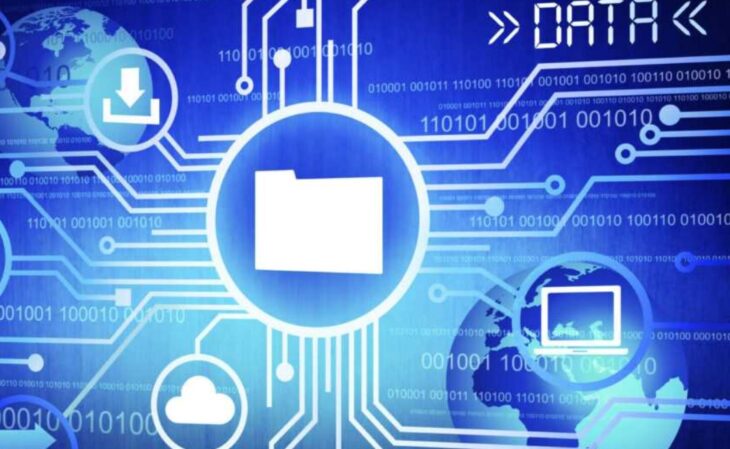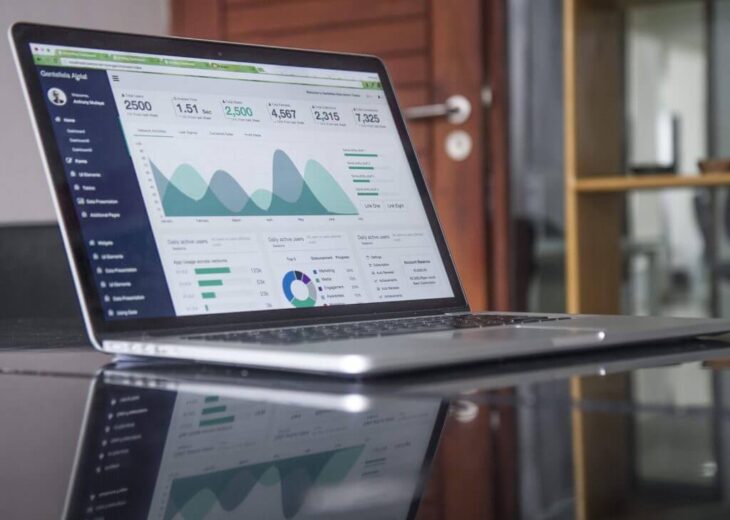Nowadays, when the Internet is an important resource in all organizations, it is necessary to pay some attention to computer security and computer security mechanisms. Firewall, browsing history, antivirus programs, physical protection, optimal passwords, and encryption play a big role in protecting the computer system from many malicious Internet users.
Due to the constant presence on the Internet, users of DSL connection, cable internet, and permanent connections are most exposed, but other Internet users are not out of danger. Firewall protection comes in various forms, so it is recommended to choose the solution according to your needs.
The protection of sensitive documents is a burning issue in today’s world. With the increase in the number of data thefts in digital form (USB devices, laptops, etc.), data protection on computers and external devices data storage has become a priority for many companies that use it in their daily business confidential and sensitive information.
Two key concepts related to the topic of data misuse are the very concept of personal data, that is, data attributed to a particular individual, and the notion of privacy or the rights of everyone man to his own privacy as personal data can be defined a wide range of different data that they can directly but also indirectly lead to the disclosure of the identity of a particular individual.
Each misuse of personal data is an attack on a person’s privacy, as it can be disclosed to their identity. Privacy is something that is often mentioned, as well as the phrase “right to privacy”, which is considered one of the elementary rights of every human being. Unauthorized access to a computer system can be achieved in two ways.
That it would be simpler for an unauthorized user to physically access the authorized user’s computer for work negligence of an authorized user or theft of a computer. But it can also lead to unauthorized access come without physical access to the computer.
Namely, with the advent of the Internet, the so-called hackers, who define themselves as people who are “obsessed with programming and computer technology,” but also as people who “secretly and unauthorizedly hack into other people’s computers and networks, checking or changing the programs and data stored in them. “Either way, it’s important to protect your data, and here’s how. Either way, it’s important to protect your data, and implement organizational, physical, and software measures, and here’s how.
1. Organizational protection measures

Source: micoresolutions.com
By these measures, we mean ensuring the safety, accuracy, and regularity of work, including the prevention of unauthorized exchange of data and documentation. Organizational measures also include defining and managing the control of the movement of employees in the workplace and clients within the organization, in order to protect information resources.
The most important part of organizational protection measures relates to the education of employees, using computer and information systems, technical equipment, and various devices necessary for the successful execution of work tasks.
2. Physical measures

Source: zrnoznanja.com
Physical protection measures refer to preventing an unauthorized person from accessing unauthorized persons information resources. For the implementation of these measures, technical means are mainly used and in to a lesser extent also people. Physical protection measures must take into account all access routes information resources, not just those commonly used.
There are different forms of physical measure – access boxes and readers, control devices and software packages, surveillance cameras, alarm systems, biometric readers, and so on. The most important part of the IT equipment in the system are these servers because everything is stored in them and manages all information in the system. Therefore, the server needs to be physically separated from other devices and equipment.
3. Software measures

Source: techbeacon.com
Program protection measures are characteristic only for a part of information resources, namely data as the most important information resource. These measures are implemented using software and are considered the most effective form of data protection, although it is always good to combine it with the other two methods of data protection.
Read more about it at devibfabriek.nl. Software data protection is implemented by introducing security measures which include human aspects, backup, cryptography, antivirus program, firewall, antispyware program, and so on. Cryptography refers to protecting certain content by modifying it so that the original unmodified text cannot be seen by anyone who does not have the code needed to decrypt the content.
There are hundreds of millions of users from all over the world present on the Internet at any given time, available to you within seconds, many of them with bad intentions. Given that the Internet is not a controlled medium and that there is no central control of it, users are left to themselves, their common sense, and experience. Data protection is implemented to prevent data theft or unauthorized data manipulation.
There are two reasons why electronic data is protected from the possibility of loss and from the unauthorized use of an unreliable person with malicious purposes. In different data loss prevention organizations, data is stored on different media that also have some protection against erasure. On storage devices, data can only be physically destroyed if they are protected from erasure. In today’s world, it is impossible to be a part of normal everyday life without access to the Internet.
We can’t know if the Internet evolved the way its creators expected, but in each case, the development of the Internet has experienced enormous proportions. In any case, we will recognize that it is necessary for the daily performance of both business and private obligations. Information security is a process, which means that new systems of information system protection are constantly being developed.
The reason for this is the constant development of new tools that can compromise the security of information systems such as “malicious” software (eg viruses) that can cause great damage when breaking into the information system, such as data theft, which can lead to theft of funds from bank accounts. New ways of business espionage are also being developed, which does not have to be only of a computer nature.
